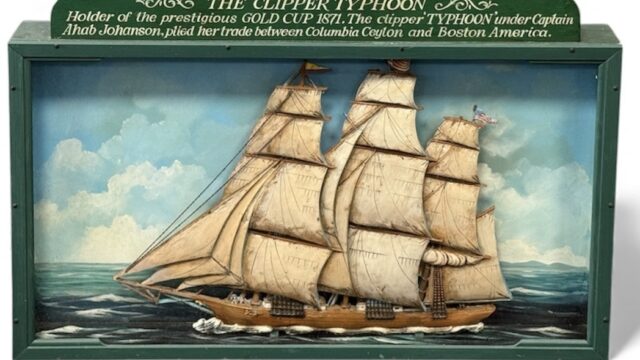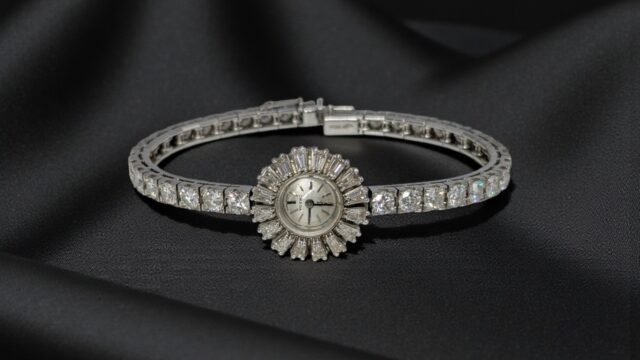The History of Rolleiflex
Film photography is back in fashion, and film cameras are increasingly in demand. The i-phone may be clever but holding a high-precision Rolleiflex camera is wholly different experience.
This summer we are inviting entries for a specialist camera auction for pre-digital age cameras and collectable accessories. We already have a single owner collection of Rollei equipment to start the ball rolling!
In the days before WWII, camera manufacturing was largely based in two countries: the U.S. and Germany. American models from the likes of Argus (f. 1936) and Kodak (f. 1888) offered good-quality products at reasonable prices, while enthusiasts bought cameras from the German firms of Carl Zeiss (f. 1846) and Leica (1925).
They were then joined by Rollei. Founded in Germany in 1920, the firm began with a ridiculously complicated name later reduced to Franke & Heidecke. The founders were two optical engineers looking to do something different than what was already in the market. Their first effort, released a year later, was a stereo camera called a Heidoscope. It made little impact, so was redesigned in 1923 and introduced as a roll-film camera for 117 film. This one did somewhat better, but the firm continued to experiment, and in 1929, finally released its first hit, a twin-lens reflex camera called the Original Rolleiflex - and orders rolled in from around the world.
The decade that followed was one of expansion and continuing innovation. A new factory was acquired that allowed production to ramp up to 20,000 units annually. A Baby Rolleiflex was introduced in 1931, followed two years later by the less costly Rolleicord. New features such as bayonet mounts, lever winding and a move to the more conventional 120 film added to the brand's luster, as did a Grand Prize at the 1937 World's Fair in Paris. During WWII, the firm was forced to make industrial parts for the German war machine, prompting an Allied bombing in 1944 that nearly destroyed the factory. A parts shortage following the war furthered hampered a return to peacetime construction, but by 1947, cameras were again making their way to western markets.
By the dawn of the new decade, Franke & Heidecke was back in full gear. Innovation followed innovation, and by the end of the 1950s, virtually every newspaper photographer was using a Rollieflex or Rolliecord. They weren't cheap, with the automatic Rollieflex selling for £300 in 1947 (around £4,000 today) and the Rolliecord for £165 (about £2,200), but Rollei twin-lens reflex cameras with accessories had become the industry standard and demand was incessant. It remained so until the 1960s, when advanced camera systems from Nikon and other Japanese makers roared into town, bouncing Rollei from its perch.
After a long decline and a bankruptcy in 2009, today's Rollei no longer makes cameras, but has continued in the accessories market, manufacturing filters, lenses, tripods, and similar. Still, little remains from the past.
Apart from the Japanese invasion, Rollei's demise also stemmed from an overly large product assortment that included a number of small, medium and large format cameras, viewfinders, rangefinders, compacts, instamatics, movie cameras, slide projectors and more. The good news is that most of these items were of premium quality and available today for relative peanuts from auction houses, online sellers and antique galleries like ours. Most types of film are also still available online, and while the days of one-hour film developing are gone, you can still get it done.




